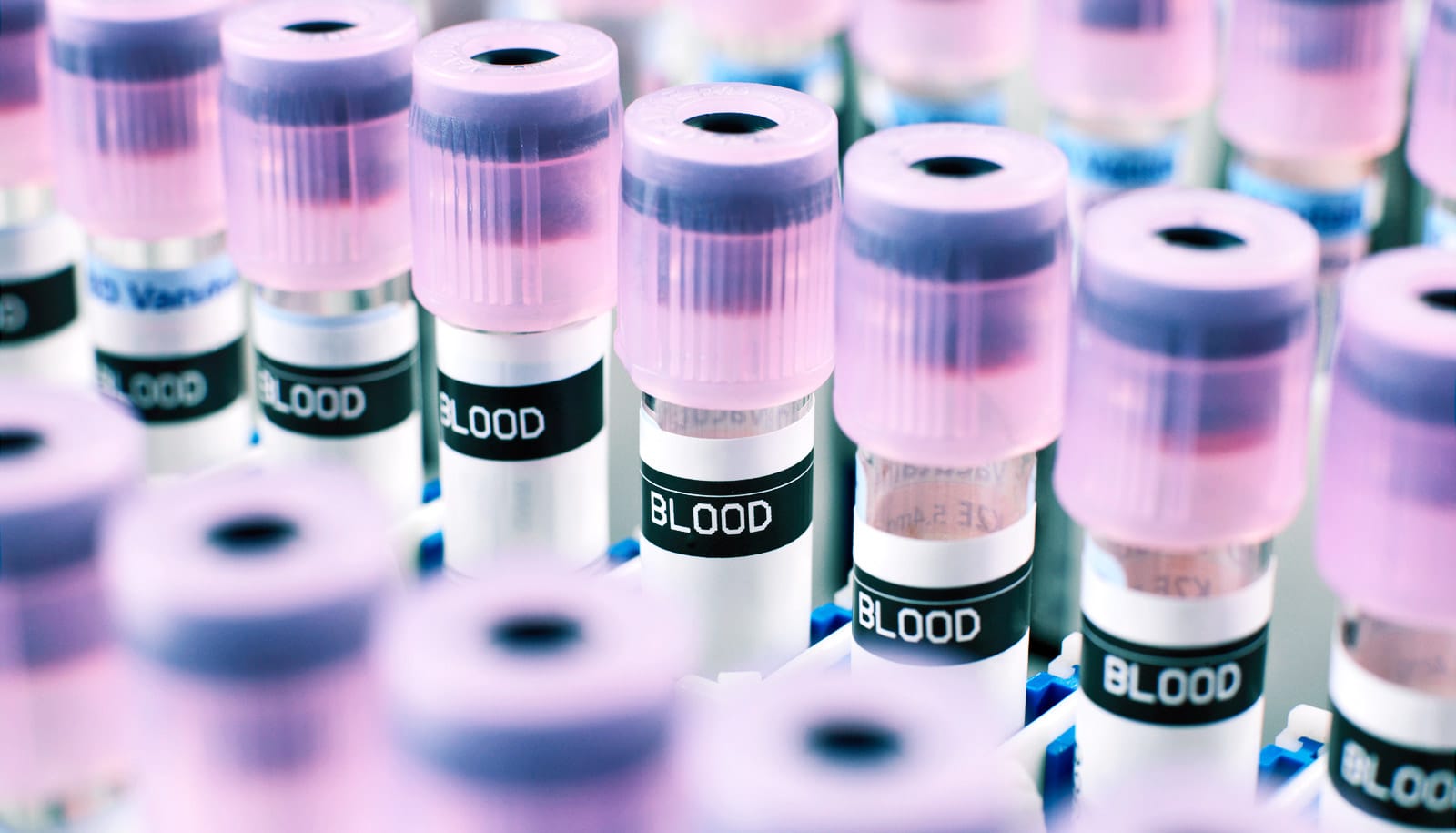Researchers have developed a computer model that can predict the course of a patient’s prostate cancer.
More than one million men are diagnosed with prostate cancer each year. One of the key challenges is to differentiate between aggressive and non-aggressive disease. The new model could help solve this issue.
In a new study in Cancer Cell, the researchers collected patient data from close to 300 men who have had their entire cancer genome sequenced to characterize all mutations present in the tumor.
“If we have a patient with a particular set of mutations, we can use the model to predict the most likely next mutation that the patient will experience at some point—and how it will affect the patient’s clinical situation,” says coauthor Joachim Weischenfeldt of the Biotech Research & Innovation Centre at the University of Copenhagen.
“As an illustration, we can predict with some probability that if you have mutation A, you are likely to get mutation B before you get C. We can also predict if the next mutation is likely to change the clinical outcome of the disease. So far, our data sets comprise around 300 patients, but we expect to collect data from several thousand patients in the coming years. The model will be better the more data it can learn from,” Weischenfeldt says.
Early onset
A clinic in Germany has started using the computer model. The researchers expect it to take two to three years to have the model fully implemented as an integral part of the clinic’s processes.
The approximately 300 patients from the study all had their entire genome sequenced, which makes it possible to tailor treatments to individual patients. Early onset patients—men who are diagnosed before age 55—provided most of the data.
“Prostate cancer develops over many years. We have therefore been particularly interested in the group of patients where the cancer is detected at young age as this allows us to analyze the tumor at an early stage,” says coauthor Clarissa Gerhauser of Rigshospitalet, the German Cancer Research Center. “This is an important element because in this way we get a cleaner picture of the first mutations and alterations that occur in the tumor, to find out what is the initiating factor.”
How does it start?
It remains unclear precisely what initiates prostate cancer, but focusing on the earliest detected tumors uncovered a mutational mechanism involving an enzyme called APOBEC. This enzyme may help trigger some of the very first mutations in prostate cancer.
“We hypothesize that this enzyme mutates the prostate cells at a low but constant rate. Each time the cell divides, APOBEC is likely to cause mutations. If you have early-onset prostate cancer, you may have a couple of mutations caused by APOBEC. Twenty years later, you may have 10-20 mutations,” says coauthor Jan O. Korbel, group leader at the European Molecular Biology Laboratory.
“The most common oncogene in prostate cancer involves a certain fusion gene. The APOBEC enzyme may contribute to the formation of this fusion gene. We cannot say that there is causality, but there is a strong correlation between mutations caused by APOBEC and other alterations such as this fusion gene,” Weischenfeldt says.
The researchers also found a putative oncogene in prostate cancer—ESRP1—which is associated with very fast-dividing and highly aggressive prostate cancer. It is located closely to an already known oncogene, which could be why it wasn’t discovered until now, the researchers believe.
The oncogene ESRP1 could detect whether a patient will have aggressive prostate cancer. The researchers validated the theory using a cohort of 12,000 other patients with the same type of cancer.
The German Federal Ministry of Education and Research, the Arvid Nilsson Foundation, Rigshospitalet’s Research Foundation, the ERC Starting Grant, the Sander Foundation, the Helmholtz International Graduate School at the German Cancer Research Center, the Norwegian Research Council, and the American National Institute of Health funded the work.
Source: University of Copenhagen



